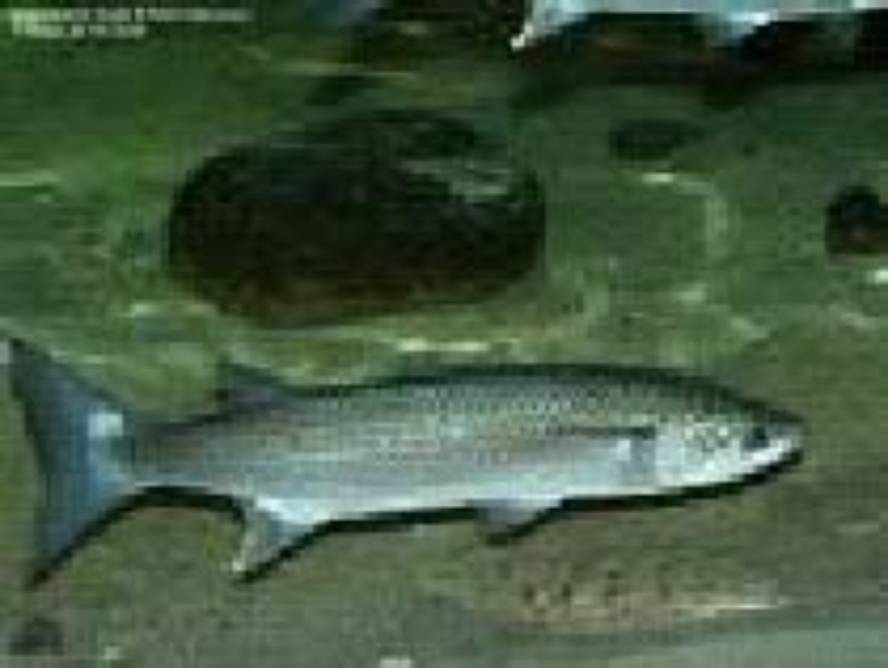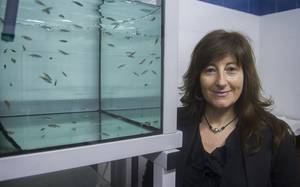They ratify the spread of fish catch by pollutants on the Basque coast

Researchers from the UPV-EHU Cell Biology Group on Environmental Toxicology have studied the links and analyzed a total of six fish areas: Arriluze and Gernika in 2007/2008 and, since then, Santurtzi, Plentzia, Ondarroa, Deba and Pasaia. To a greater or lesser extent, in all of them, the presence of fish females has been detected, both in the characteristics of fish gonads and through some molecular markers.
Look at P. Director of the research group. According to Cajaraville, the results show that “endocrine disruption is widespread in our estuaries, which means that we have a problem with pollutants as they have detected in other countries.” The results of the research have been published in two articles in the journals Science of the Total Environment and Marine Environmental Research.
Pollutants that act as hormones
Endocrine disrupotors are responsible for the female and come mainly from products of common use: plasticizers, pesticides, contraceptive pills, fragrances and detergents. Acting as a hormone breaks the balance of hormones in the organism and are able to cause growth or penetration of organisms.
For his little knowledge about the influence of these pollutants on ecosystems, Cajaraville highlighted the importance of the results obtained: “They are important to see the degree of presence of these pollutants in our estuaries and rivers and their effects to be able to take measures.”

In all the analysed estuaries, evidence of improvement has been found despite the bush. In three of the six estuaries (Gernika, Pasaia and Deba) intersex fish have been found, that is, specimens with immature eggs in the testicles, locally, between 12% and 64% of the bonds collected. In addition, in all the estuaries the two main molecular indicators of the increase have been positive: the majority of males (between 60% and 91%) presented a vitelogenin protein in the liver (a protein that only females express), while in the brain, the gene that encodes the aromatase Cyp19a1b also presented a high degree of expression; this protein participates in the synthesis of estrogens.
The researchers also conducted a chemical analysis of the sampling points: “We have worked at all times with analytical chemicals, characterizing each place from a chemical and biological point of view,” said Cajaravill. This has allowed us to verify the correlation between his presence and the phenomenon of emancipation.” The contaminants have been measured in the beaz samples of the fish and, according to Cajaraville, the correlation found shows that the contaminants are responsible for the female despite the fish.





